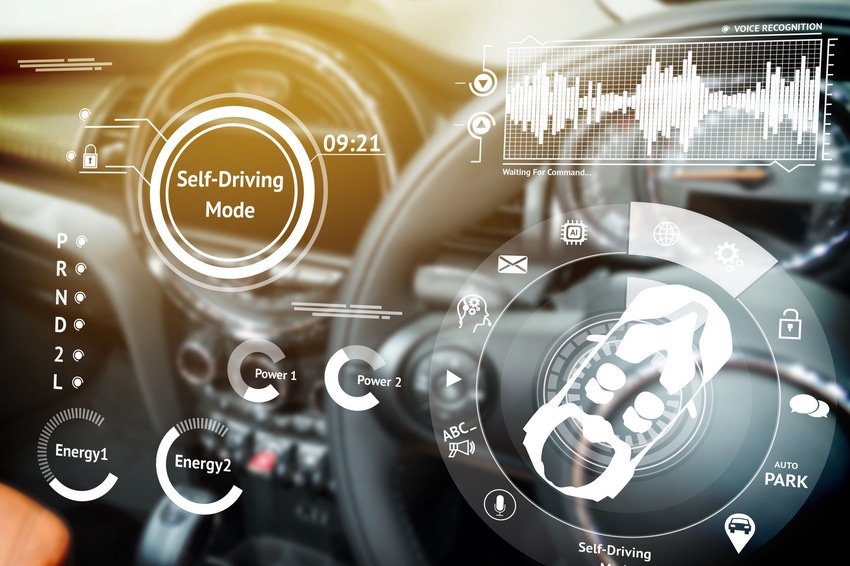The other project designed to play around with 5G connected autonomous cars crossing European borders has reemerged, in this case championed by Deutsche Telekom and Ericsson.
June 28, 2022

The other project designed to play around with 5G connected autonomous cars crossing European borders has reemerged, in this case championed by Deutsche Telekom and Ericsson.
5GCroCo is project designed to demonstrate how autonomous vehicles function across national borders, and has €17 million of funding from the EU in its belt and Deutsche Telekom and Ericsson as tech partners. DT saw fit to crow about its many breakthroughs today but the project has been up and running for some time. Perhaps it was feeling forgotten about.
‘Seamless, cross-border 5G communication’ is apparently provided by it at the border between Germany and France and between Germany and Luxembourg. Cars leaving France and Luxemburg had their 5G connections from Orange and Post switched over to Deutsche Telekom as they crossed over to Germany, which ‘assures that mission-critical connected driving services are always available along the road’.
What they seem to be getting at is that if an autonomous car is happily manoeuvring its way along a road using its robo-intelligence, you don’t want it to brick itself and career off into a tree as if it were hit by an EMP as it crosses the border into another country, due to the 5G connection not switching over nice and quickly.
In order to facilitate this, existing 5G radio access network sites were apparently equipped with additional mobile network components from Ericsson to establish a 5G trial network ‘based on principles similar to campus network approaches, but at a larger scale.’
Stellantis and Renault also provided vehicles equipped with ‘Anticipated Cooperative Collision Avoidance (ACCA)’ software which leveraged edge computing to allow cars to receive warnings about hazards, such as traffic jams or broken-down vehicles blocking the road, from other cars on the network.
Last week a very similar project was announced called 5G-Carmen, also funded by the EU. It recruited TIM, Magenta, Deutsche Telekom, Nokia, Qualcomm, NEC and INWIT to test the capabilities of 5G connected autonomous cars as they crossed the border of Italy, Austria and Germany. Similarly, the trial claims to have demonstrated smooth 5G service continuity for drivers moving from one country to another, using edge computing.
You might think it would be more efficient for all these people to get together and pool their resources and findings, but who are we to tell the EU how to spend its money. Much like the systems being developed to deter autonomous cars from totalling each other, perhaps they have a third project on the boil to help researchers from bumping into each other as they navigate the same road.
Get the latest news straight to your inbox. Register for the Telecoms.com newsletter here.
About the Author(s)
You May Also Like








.png?width=300&auto=webp&quality=80&disable=upscale)


_1.jpg?width=300&auto=webp&quality=80&disable=upscale)


.png?width=800&auto=webp&quality=80&disable=upscale)